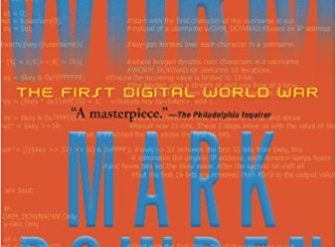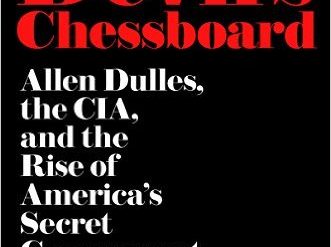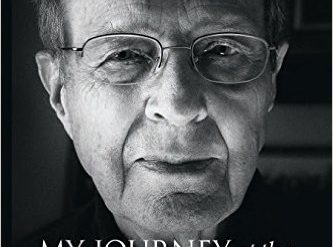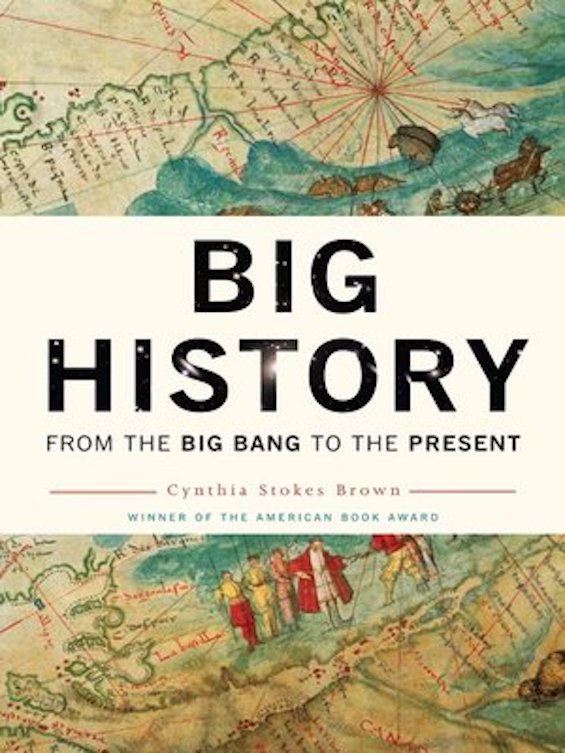
Less than three decades ago an American historian named David Christian who was teaching at an Australian university at the time offered new perspective on world history. His unique take on the subject took the discipline far beyond the limits of the written word. Calling it Big History, Christian started his new course at the beginning of time itself: the Big Bang.
Estimated reading time: 11 minutes
Christian enlisted guest lecturers from the fields of astrophysics, chemistry, geology, paleontology, biology, and other scientific fields. Incorporating their specialized knowledge into his comprehensive survey of Big History, Christian summed up what is known about the birth of the universe, the emergence of stars, the formation of the Earth, the turbulent formation and shifting of the continents, and the painfully slow advent of the most primitive, single-celled life. From this perspective, the several million years since humans first emerged, much less the 5,000 years of recorded history, must be seen as only the latest and briefest chapter in a story that will continue for billions of years longer.
This post was updated on October 18, 2023.
A broader canvas offers new perspectives on world history
Since Christian’s inspired initiative, others have flocked to the new discipline. A body of Big History literature has begun to emerge. The best-known contribution to the new discipline is Jared Diamond’s bestselling book, Guns, Germs, and Steel. But others have made notable contributions as well, adding insight and perspective to our understanding of our place in the universe.
Below I’ve listed more than a dozen books I’ve read and reviewed in my own venture into Big History as well as Christian’s own most recent survey of the field. Not all span the life of the universe; in fact, scholars would characterize some of these books as pertaining to world history, not the more expansive concept originated by David Christian. But they all survey world history with the broad strokes that characterize this fresh approach to understanding how the past affects today’s world. They’re listed in alphabetical order by the authors’ last names, and all are linked to my reviews. I recommend them all. I also recommend the 48-lecture course David Christian recorded for The Great Courses. It’s titled Big History: The Big Bang, Life on Earth, and the Rise of Humanity. This is world history as it should be taught.
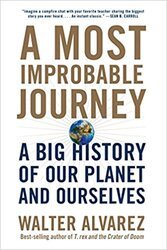
A Most Improbable Journey: A Big History of Our Planet and Ourselves, by Walter Alvarez
The geologist who explained to us how the dinosaurs went extinct ventures outside his academic bailiwick to track the story of the Earth from its earliest antecedents in the Big Bang to the emergence of homo sapiens as the dominant form of life on the planet. Emphasizing geological events throughout, he illustrates how radical changes in the natural environment have shaped the course of human events—and the very nature of our bodies themselves.
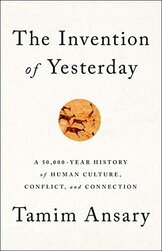
The Invention of Yesterday: A 50,000-Year History of Human Culture, Conflict, and Connection by Tamim Ansary
If you think history is a cold recitation of dates and the names of kings and battles, you owe it to yourself to check out Big History. And the best introduction I’ve found to that fascinating new field is Tamim Ansary‘s brilliant 50,000-year survey, The Invention of Yesterday. Unlike many of the pioneering books in Big History, Ansary’s is written in a breezy, conversational style that brings the past to life. And, in never straying from the 30,000-foot perspective that characterizes the field, it’s crammed with insight that’s missing from conventional histories that illuminate the trees but miss the forest. Tamim Ansary will help you understand human history as an extraterrestrial might view it.
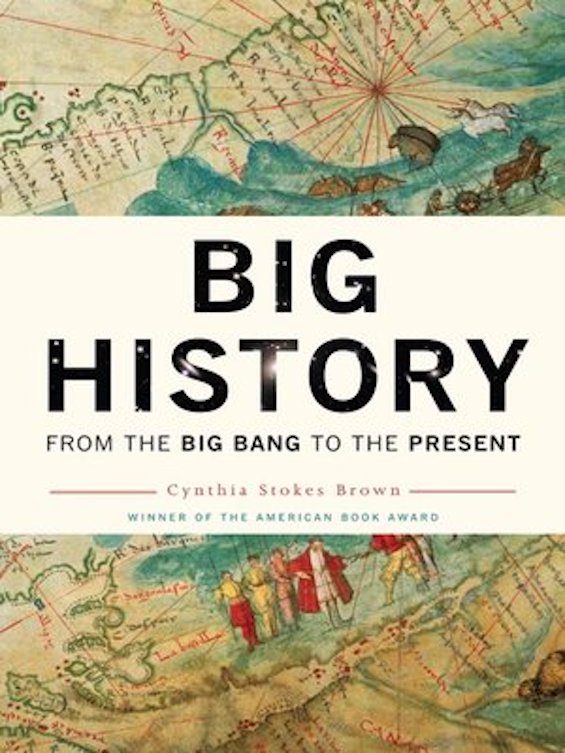
Big History: From the Big Bang to the Present, by Cynthia Stokes Brown
While David Christian leaned on colleagues in the sciences to carry the story for its first 13.65 billion years, Cynthia Stokes Brown took it all on herself. With a good deal of simplification but relatively few obvious errors, she surveys the prehistorical past with great skill. For anyone who thinks world history is the story of wars and generals and presidents, Big History is a worthy remedy.
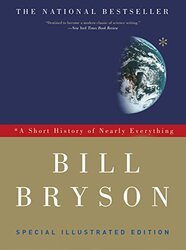
A Short History of Nearly Everything, by Bill Bryson
It’s easy to get the impression that science has answered all the big questions and is spending more and more time and money focusing on the little ones. Read Bill Bryson’s A Short History of Nearly Everything, and you will quickly be disabused of that illusion. Truth to tell, the human race is still abysmally ignorant of some of the most fundamental matters that determine how, why, and where we live.
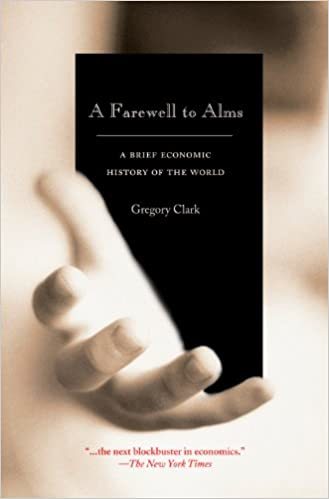
A Farewell to Alms: A Brief Economic History of the World, by Gregory Clark
Ten years after Jared Diamond’s blockbuster came Gregory Clark’s A Farewell to Alms, yet another effort to answer that same profound question addressed in Guns, Germs, and Steel. Why, he asks, are some parts of the world so much richer than others? What explains the yawning gap between the Global North and Global South? Dismissing Diamond, Smith, and Marx alike and finding inspiration instead in Thomas Malthus’ An Essay on Population, Clark locates the answer in his own discipline of economic history. (Why is that not a surprise?) Amid a welter of charts, graphs, and equations, he finds a single-word explanation: innovation. The argument is thin.
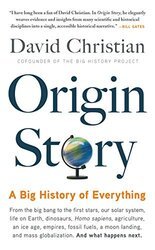
Origin Story: A Big History of Everything by David Christian
Here is David Christian’s own brief survey of the 13.8-billion-year story. Citing findings from a broad array of physical and biological sciences as well as the lessons learned by historians and social scientists, Christian devotes half his book to the run-up to the advent of the human race 200,000 to 300,000 years ago, and the last half to the emergence and spread of our species.
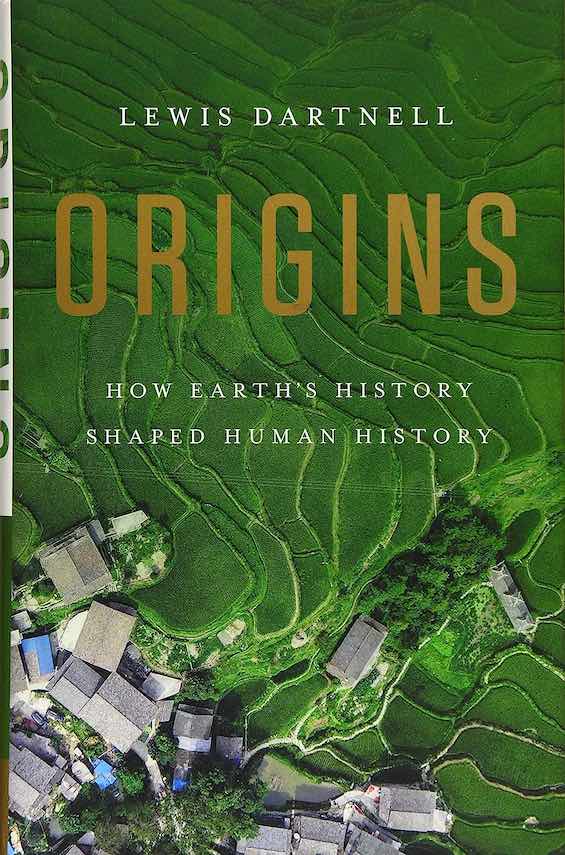
Origins: How Earth’s History Has Shaped Human History by Lewis Dartnell
British geologist lucidly traces the many diverse ways that geological forces have made human life possible and shaped the world we live in in all its glorious abundance.
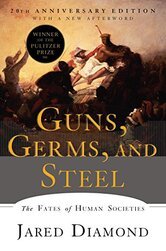
Guns, Germs, and Steel: The Fates of Human Societies, by Jared Diamond
Published a quarter-century ago, Diamond’s thesis is the only persuasive argument I’ve ever encountered for the huge wealth gap between the “West” and the “developing” nations of the Global South. He finds the roots of the problem in the history of the last 13,000 years, when humans in Eurasia began capitalizing on the promising geography of the land they inhabited. Unlike that in Africa and the Americas, Asia and Europe were home to large animal species that could be domesticated. This is one of the most important books of the last half-century.
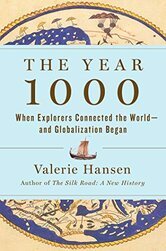
The Year 1000: When Explorers Connected the World—and Globalization Began by Valerie Hansen
Most historians date the emergence of globalization to the Columbian Exchange, the transfer across the Atlantic of goods, mineral resources, edible plants, slaves, and contagious diseases that began shortly after Christopher Columbus “discovered” the New World. Yale history professor Valerie Hansen begs to differ.
In The Year 1000, Hansen presents a detailed case for backdating globalization to the global upsurge in trade and religious conversions around the end of the first millennium. Her case rests largely on archaeological and documentary evidence of the robust trade in goods that accelerated around the year 1000. It’s a provocative argument.

Pathogenesis: A History of the World in Eight Plagues by Jonathan Kennedy
The surprises start on page three. “If one of our distant ancestors hadn’t been infected by a virus hundreds of millions of years ago,” Jonathan Kennedy writes, “humans would reproduce by laying eggs.” In Pathogenesis, Professor Kennedy sketches the often-decisive role of infectious diseases from the emergence of life on Earth to the COVID-19 pandemic. But microbial invaders haven’t just swayed the course of human history. They have played a central role in determining how we have come to be who we are. “Infectious diseases have killed so many people throughout history,” Kennedy asserts, “that they are one of the strongest forces shaping human evolution.”
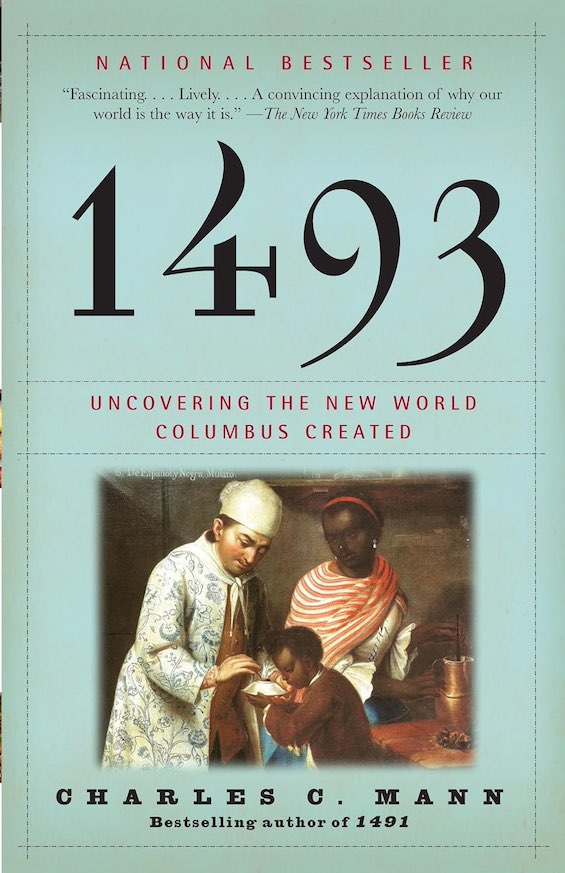
1493: Uncovering the New World Columbus Created by Charles C. Mann
Chances are, you’re aware that the potato originated in Peru and smallpox in Africa, and that both species crossed the Atlantic shortly after Columbus. You probably know, too, that the potato later became a staple in many European countries and that smallpox decimated the native population of the Americas. However, what you may not know is how profound was the collective impact on the course of history of the exchange of many other animals, plants, minerals, and microorganisms from the Old World to and from the New. Writing in 1493, Charles C. Mann explores how this exchange shaped the world after Columbus.
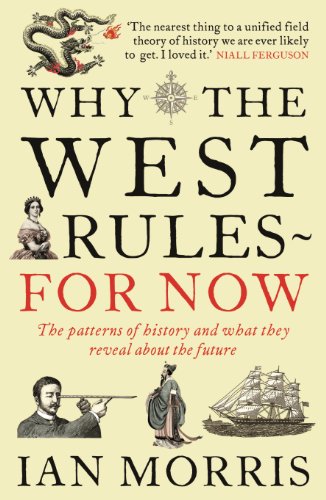
Why the West Rules—for Now: The Patterns of History, and What They Reveal About the Future by Ian Morris
While some historians still engaged in the stale debate about whether “Great Men” or social forces and ideas are dominant in history, Jared Diamond (Guns, Germs, and Steel) and Ian Morris convincingly laid out the case for the greater influence of the larger context in which human history takes place. They delved not just into geography but also (in Morris’ case) into biology, sociology, and archaeology. In fact, Morris has little patience for the Great Man Theory of History. “The most that any of these great men/bungling idiots did was to speed up or slow down processes that were already under way,” he writes. “None really wrestled history down a whole new path. Even Mao, perhaps the most megalomaniac of all, only managed to postpone China’s industrial takeoff.”
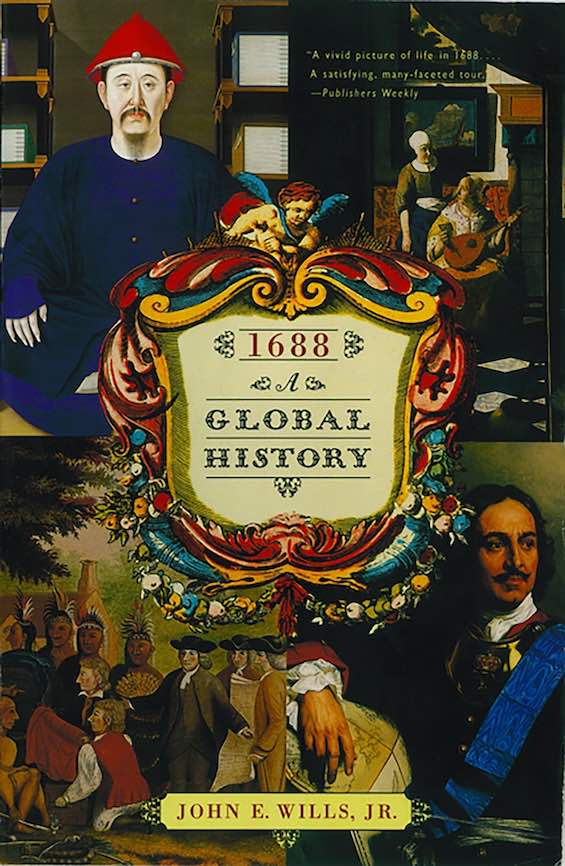
1688: A Global History by John E. Wills Jr.
Sixteen eighty-eight is familiar to many English-speakers as the year of Britain’s Glorious Revolution, when William of Orange invaded England and restored the primacy of the Protestant religion in the nation’s affairs. But University of Southern California historian John E. Wills Jr. chose the year 1688 to illustrate the grand sweep of events all across the planet. He pictures the world in the early stages of globalization, focusing on the interaction of people speaking different languages and worshipping God (or gods) in different ways. The Columbian Exchange. The slave trade. Ongoing Muslim expansion into sub-Saharan Africa. Spanish silver flooding into China and Europe alike, bolstering trade and altering the balance of power between East and West. In 1688, a book of global history, Wills explores these themes, lending a human dimension to what we often regard today as the bloodless process of globalization.
For related reading
You might also enjoy:
- 20 top nonfiction books about history
- Gaining a global perspective on the world around us
- Top 20 popular books for understanding American history
And you can always find my most popular reviews, and the most recent ones, on the Home Page.


